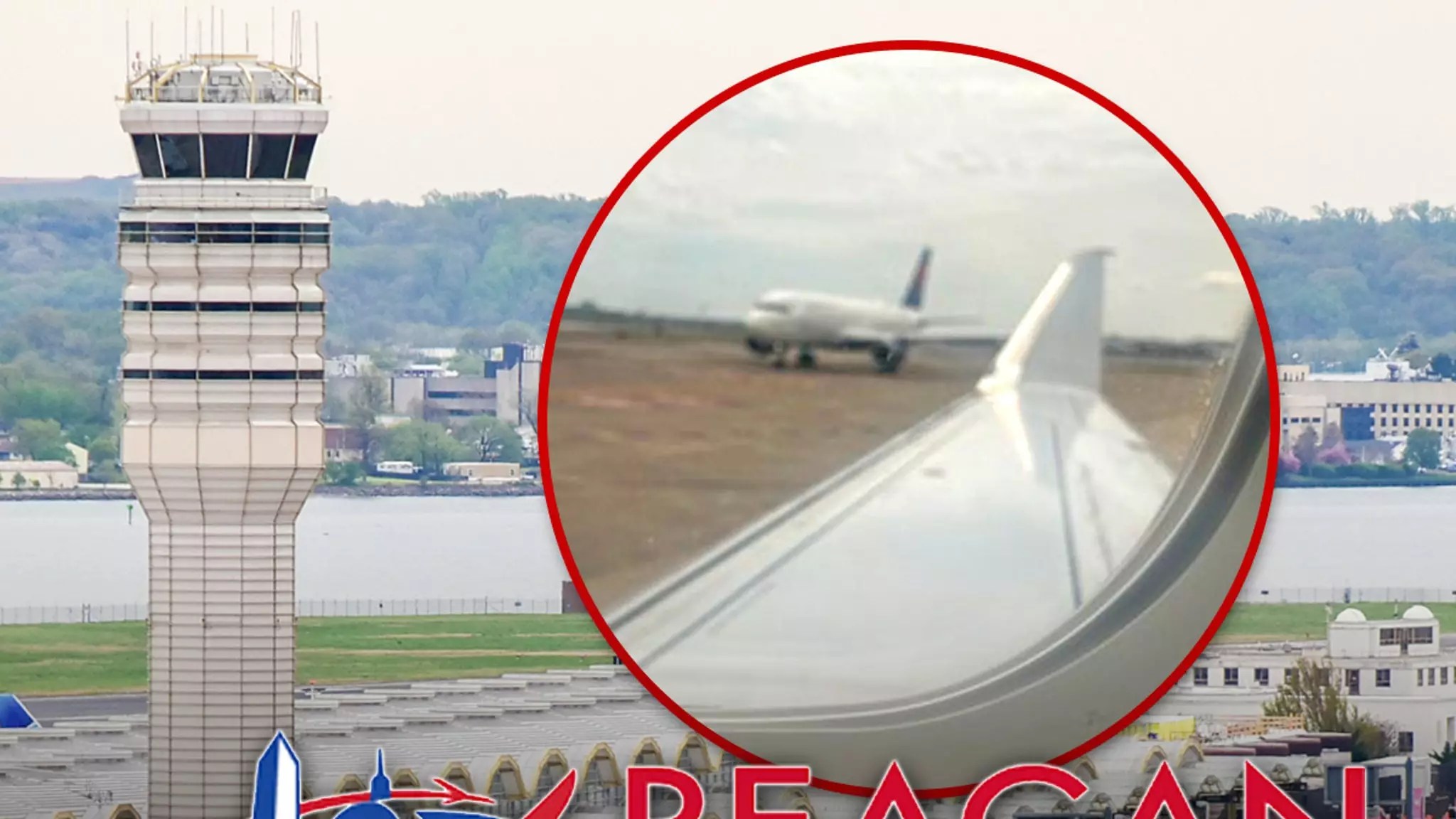The recent incidents at Reagan National Airport (DCA) throw a glaring spotlight on the deteriorating safety conditions within America’s air traffic management system. On Thursday, two members of Congress reported that their aircraft had a close encounter where another plane clipped its wing while awaiting takeoff. Following the troubling trend at this venue, it begs the question: How many warning signs does it take before we confront the severity of air safety across the nation?
It’s not just a mere coincidence that DCA has found itself at the center of a string of alarming incidents. Earlier in the year, a tragic collision involving a Blackhawk helicopter and an American Airlines jet resulted in the catastrophic loss of lives. If anything, these occurrences signal a deep-rooted issue that potentially jeopardizes not just routine flights but the very fabric of aviation safety standards.
Voices from the Tarmac
The reported wing-clipping incident attracted attention from New Jersey Rep. Josh Gottheimer and New York Rep. Nick LaLota, who both witnessed the unnerving encounter firsthand. While they fortunately emerged unscathed, their accounts underscore the precarious situation that exists on the tarmac. LaLota shared a moment of surreal absurdity — one moment safely seated, the next, their plane jolted by an unexpected bump from an adjacent aircraft. In a situation like this, passengers expect to feel secure when they board, not to be reassured primarily by the absence of injury.
Moreover, as much as these legislators are trying to shed light on the safety concerns at DCA, they point fingers at the Federal Aviation Administration (FAA) citing negligent budget cuts as a contributing factor. Such shortsightedness undermines the very structures designed to protect lives, confronting us with a paradox: the more flights increase, the more safety measures seem to erode.
The Unseen Ripple Effect
These incidents at DCA cradle a broader discourse around systemic aviation mishaps fueled by regulatory slip-ups. The escalating number of near-misses, collisions, and emergency landings are increasingly becoming commonplace. When the powers that be prioritize budgeting cuts over staffing seasoned air traffic controllers, we may be sacrificing much more than operational efficiency; we are jeopardizing lives and the very integrity of our air travel system.
Passengers facing these unnerving occurrences should not remain silent spectators when such incidents unfold. Raising awareness can galvanize action and prompt urgent calls for a reevaluation of safety protocols. If Congress members, upon experiencing such incidents, are advocating for improved safety, why is there a palpable lag in decisive policy changes?
A Wake-Up Call for Change
The saga unfolding at Reagan National Airport reflects an urgent need for a protective overhaul in the way our aviation systems are managed. Cuts at the FAA and a reactive rather than proactive approach to aviation safety threaten to leave passengers vulnerable. In light of recent events, we must ask ourselves: What are we willing to sacrifice for the sake of convenience? Ensuring that air travel remains a safe, reliable mode of transportation should trump any economic considerations at the helm of our decision-makers.
As we heavily rely on air travel, these repeated mishaps must serve as an unignorable wake-up call, pushing us to demand accountability, transparency, and an unwavering commitment to safety in our skies.







Leave a Reply